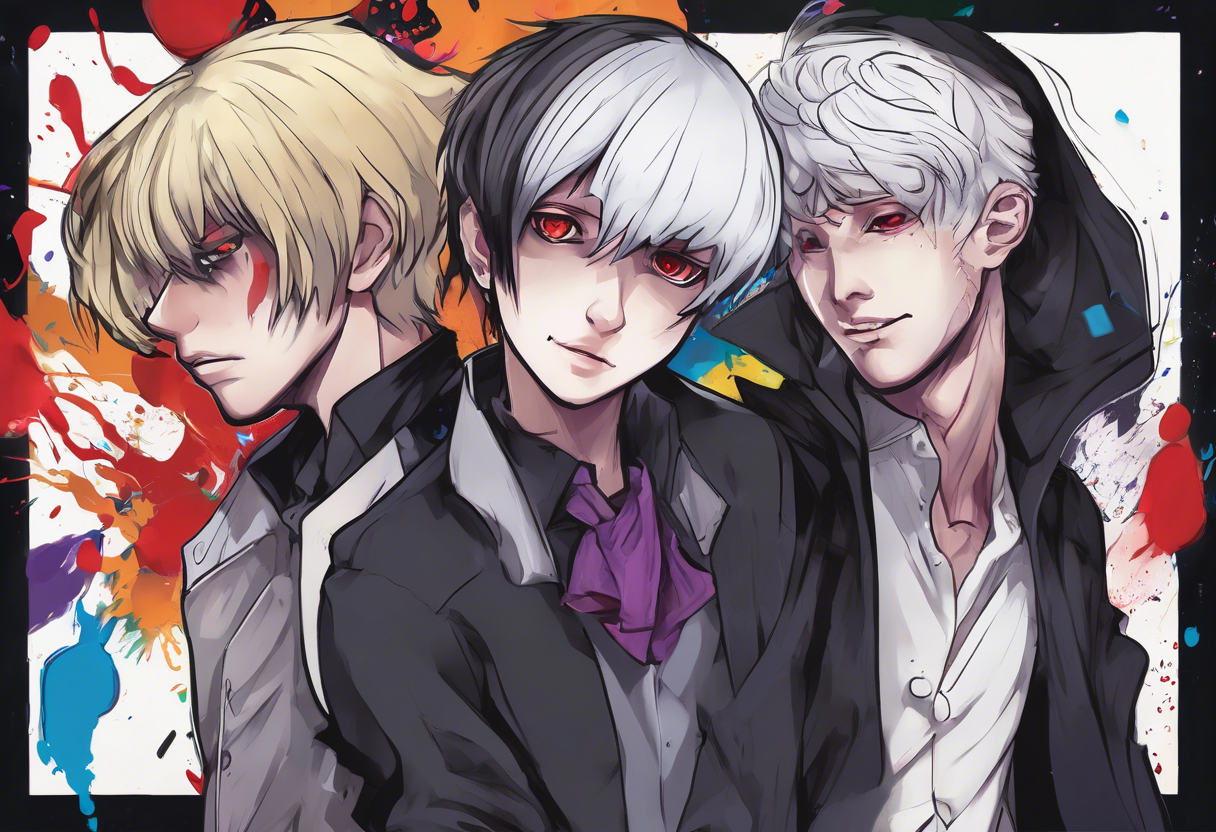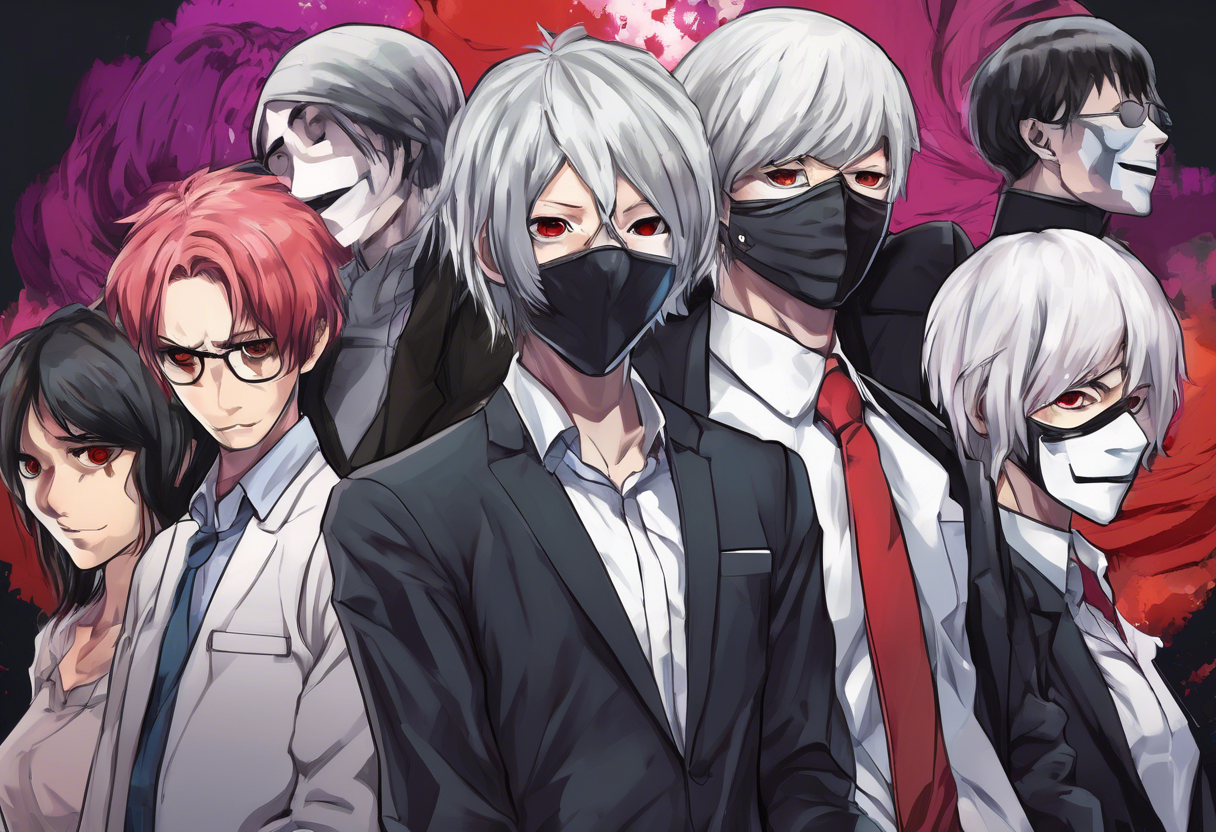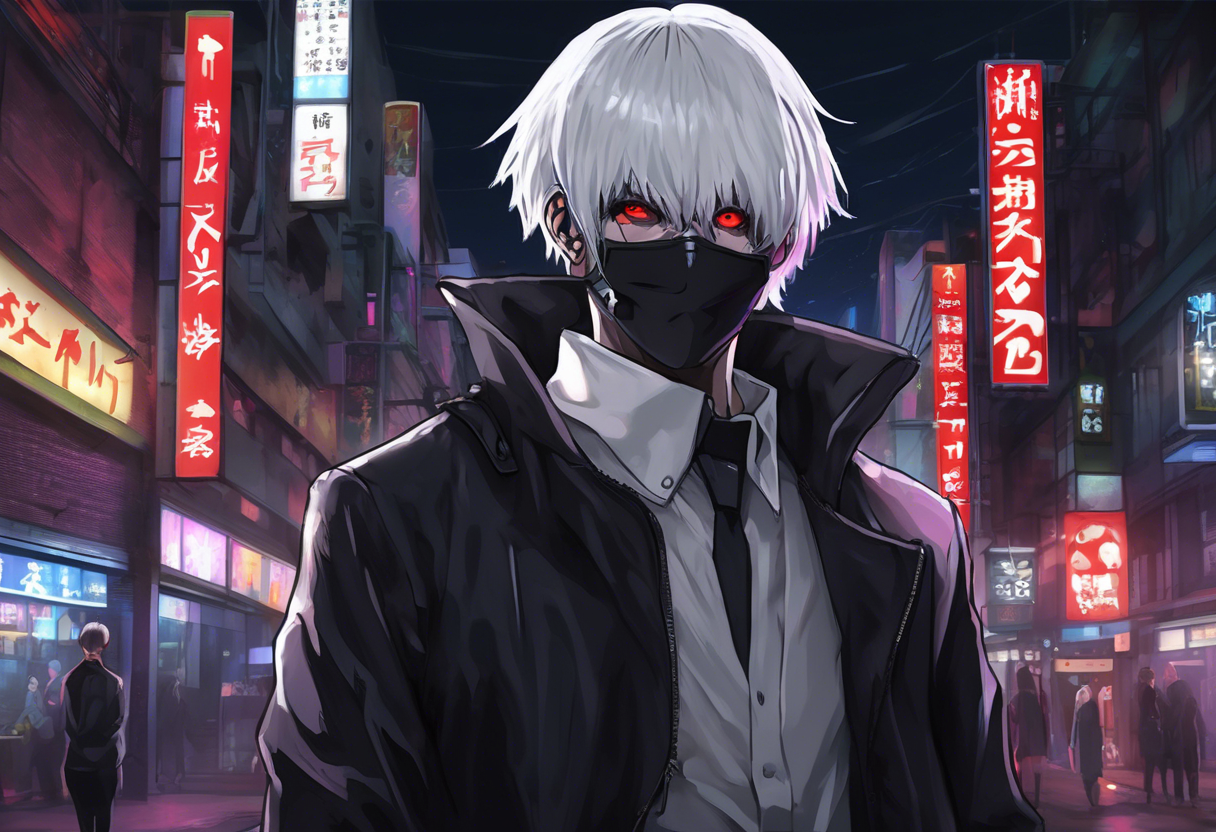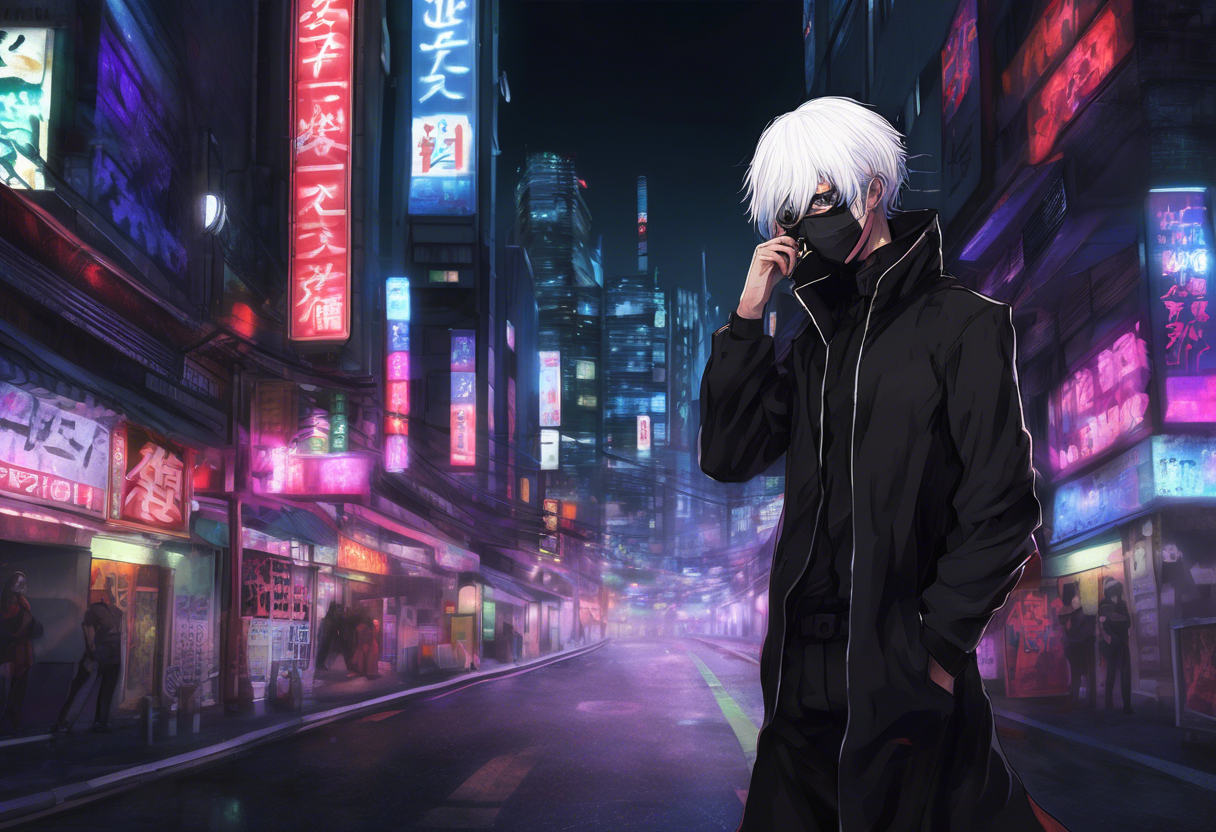Contents
Introduction
Tokyo Ghoul – Episode 11: "High Spirits" is a pivotal installment in the first season of the anime series "Tokyo Ghoul," based on the manga by Sui Ishida. The episode was directed by Shuhei Morita, with the screenplay written by Chūji Mikasano, and produced by Pierrot. It initially aired on September 11, 2014. This episode stands out within the anime genre for its intense action sequences, deep character development, and the exploration of themes such as torture, loyalty, and the struggle between ghouls and humans.
"High Spirits" is notable for its complex narrative, which intertwines multiple plot threads and character arcs, making it a compelling and emotionally charged episode. The production quality, including the animation and soundtrack, enhances the overall impact of the story, drawing viewers into the world of Tokyo Ghoul.
Plot Summary
The episode "High Spirits" centers around the escalating conflict between the Commission of Counter Ghoul (CCG) and the ghoul organization Aogiri Tree. The CCG, led by Commander Marude and Special Investigator Kuriowa, prepares for a raid on the Aogiri Tree headquarters in the 11th Ward, while Anteiku, a coffee shop that serves as a front for ghouls, devises a rescue plan to save Ken Kaneki, who has been kidnapped by Aogiri Tree members Ayato and Jason (also known as Yamori)[3][5].
Kaneki, now in the clutches of Aogiri Tree, is subjected to brutal torture by Jason, who uses various methods, including psychological manipulation and physical pain, to break Kaneki’s spirit. Despite the torture, Kaneki holds on to his humanity, and a glimmer of hope appears when Banjo, another ghoul, promises to help him escape when the opportunity arises[2][3].
Meanwhile, the CCG launches its assault on the Aogiri Tree headquarters. Amon, Shinohara, and Suzuya Juzo are among the investigators assigned to the mission. As the battle unfolds, several key confrontations take place. Touka Kirishima, determined to rescue Kaneki, encounters Amon, who seeks revenge for the death of his mentor, Mr. Mado. This encounter leads to a fierce battle between the two, with Amon eventually facing off against the S-Rated Bin Brothers after they help Touka escape. Amon also debuts his new quinque, Kora, during this fight[2][3].
Touka’s journey becomes more perilous as she reaches the rooftop, where she is ambushed by Ayato. However, Nishiki Nishio absorbs the attack meant for Touka, leading to a sibling battle between Nishiki and Ayato. This confrontation highlights the complex and often fraught relationships between ghouls, particularly within families[2][3].
In another part of the base, Yomo, Uta, and Tsukiyama form an alliance to take down Noro, one of the top ghouls in Aogiri Tree. This battle showcases the unique abilities and strengths of each character, adding depth to the narrative.
As the CCG forces advance through the base, they encounter the "One-Eyed Owl," a mysterious and powerful ghoul who poses a significant threat. This encounter adds to the tension and complexity of the episode, highlighting the dangers and uncertainties faced by both humans and ghouls in this world.
Throughout the episode, the narrative arcs of various characters are advanced. Kaneki’s torture and his subsequent transformation, marked by his hair turning white, signify a critical point in his character development. Touka’s determination and bravery in the face of danger underscore her growth as a character. The interactions between Amon and the Bin Brothers, as well as the confrontation between Nishiki and Ayato, reveal deeper aspects of their personalities and motivations[2][3].
The episode culminates with multiple battles raging across the Aogiri Tree headquarters, each with its own stakes and emotional resonance. The rescue mission by Anteiku, the CCG’s assault, and the internal conflicts within Aogiri Tree all converge to create a dramatic and intense conclusion.
Themes and Symbolism
"High Spirits" delves into several central themes that are pivotal to the Tokyo Ghoul series. One of the most prominent themes is the exploration of torture and its psychological and physical effects. Kaneki’s ordeal at the hands of Jason serves as a stark reminder of the brutality and inhumanity that can exist in this world. This theme also touches on the resilience of the human (and ghoul) spirit, as Kaneki and other characters find ways to endure and resist despite overwhelming suffering[2][3].
The episode also explores the theme of loyalty and camaraderie. The rescue mission by Anteiku and the alliances formed during the battle highlight the bonds between characters and their willingness to risk their lives for one another. This theme is particularly evident in Touka’s unwavering determination to save Kaneki and the cooperation between Yomo, Uta, and Tsukiyama against Noro[2][3].
Symbolism plays a significant role in this episode, especially in the transformation of Kaneki. His hair turning white symbolizes his gradual loss of humanity and his increasing acceptance of his ghoul nature. This visual change serves as a metaphor for the internal conflict Kaneki faces, reflecting his struggle to maintain his identity in the face of extreme adversity[3].
Cultural Impact
"High Spirits" had a significant cultural impact upon its release. The episode’s intense action sequences, coupled with its emotional depth, resonated strongly with audiences. It contributed to the growing popularity of the Tokyo Ghoul series, which has since become a staple in anime culture.
The episode’s influence can be seen in various forms of media, including fan art, cosplay, and fan fiction. The characters and their interactions in this episode have been particularly inspiring, with many fans appreciating the complex relationships and character developments presented.
Critical Reception
"High Spirits" received positive reviews from critics and audiences alike. The episode was praised for its intense action, emotional depth, and the advancement of key plot threads. Critics noted the episode’s ability to balance multiple storylines and character arcs, creating a cohesive and engaging narrative.
However, some critics pointed out the graphic nature of the torture scenes, which, while impactful, could be disturbing for some viewers. Despite this, the episode was generally well-received for its contribution to the overall story of Tokyo Ghoul and its emotional resonance with audiences[2][3].
Legacy
"High Spirits" continues to be a significant episode in the Tokyo Ghoul series, influencing both the anime and manga communities. It has inspired numerous fan creations and remains a favorite among fans for its dramatic and emotionally charged storytelling.
The episode’s themes of resilience, loyalty, and the struggle between ghouls and humans continue to resonate with audiences, making it a memorable and impactful part of the series. Its influence can be seen in subsequent episodes and seasons, as well as in other anime series that explore similar themes.
In conclusion, "High Spirits" is a cornerstone episode in the Tokyo Ghoul series, known for its intense action, deep character development, and exploration of critical themes. Its legacy continues to inspire and engage audiences, solidifying its place in anime history.
References
- https://tokyoghoul.fandom.com/wiki/Episode_11
- https://wherever-i-look.com/tv-shows/tokyo-ghoul-season-1-episode-11high-spirits-overview-review-with-spoilers
- https://triptychalessandro.wordpress.com/2014/09/12/tokyo-ghoul-episode-11-review-high-spirits/
- https://www.imdb.com/title/tt4019364/
- https://www.youtube.com/watch?v=fp39vj9-Wgg







